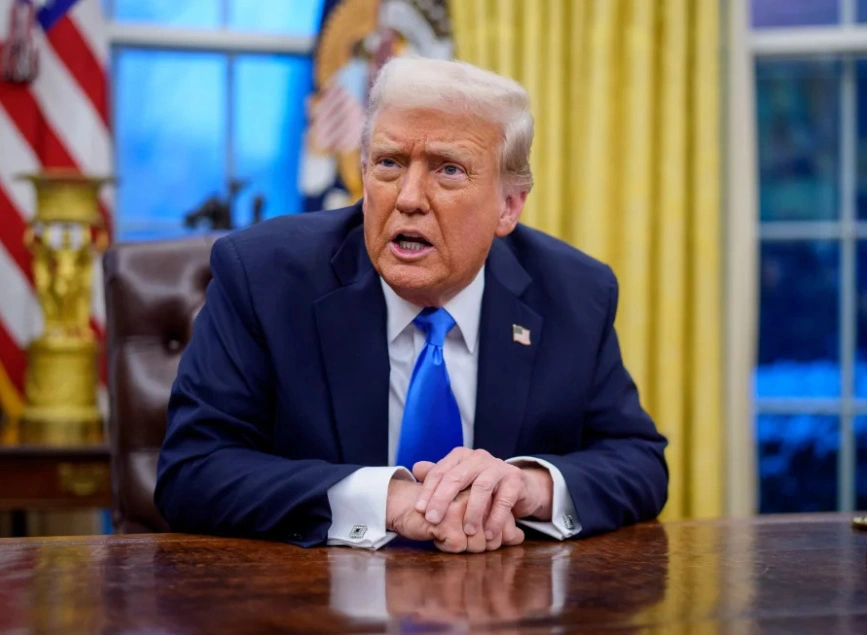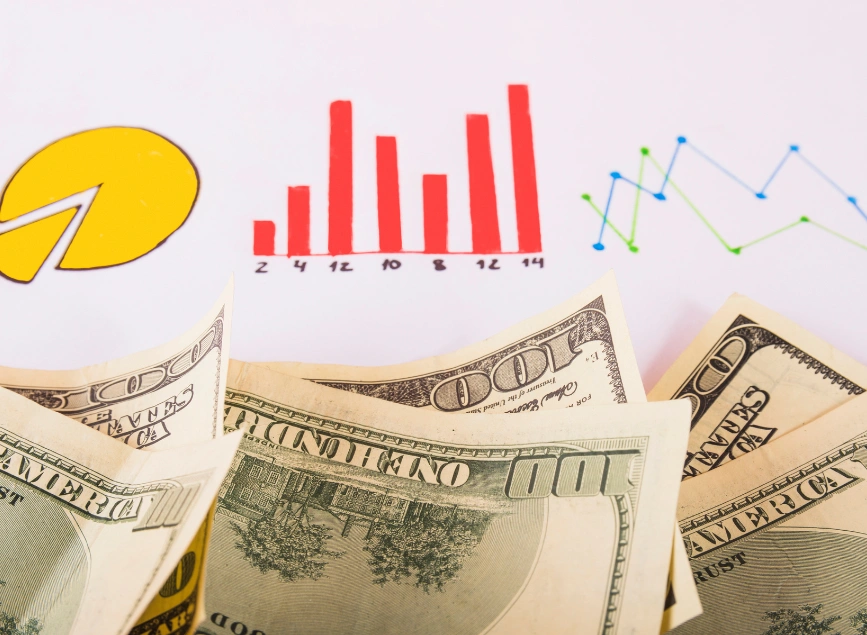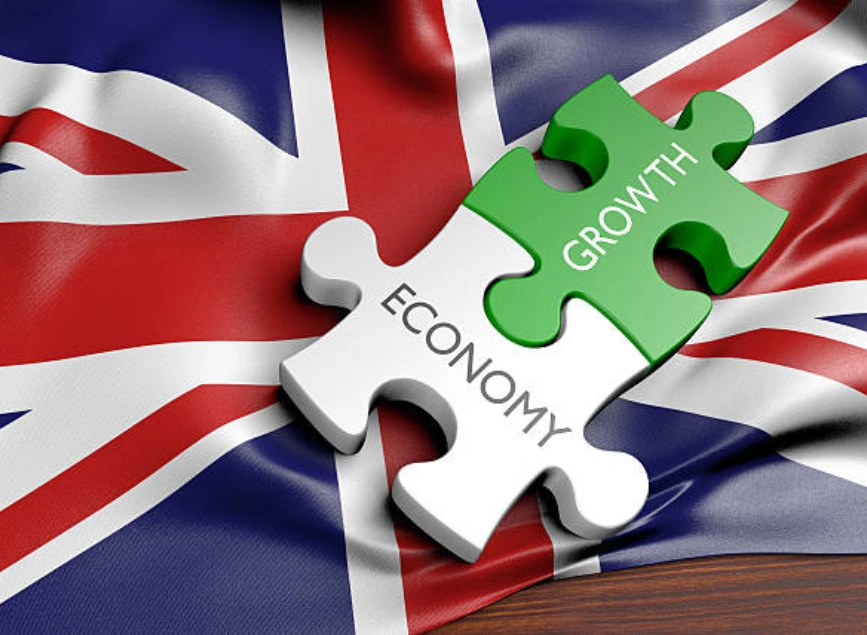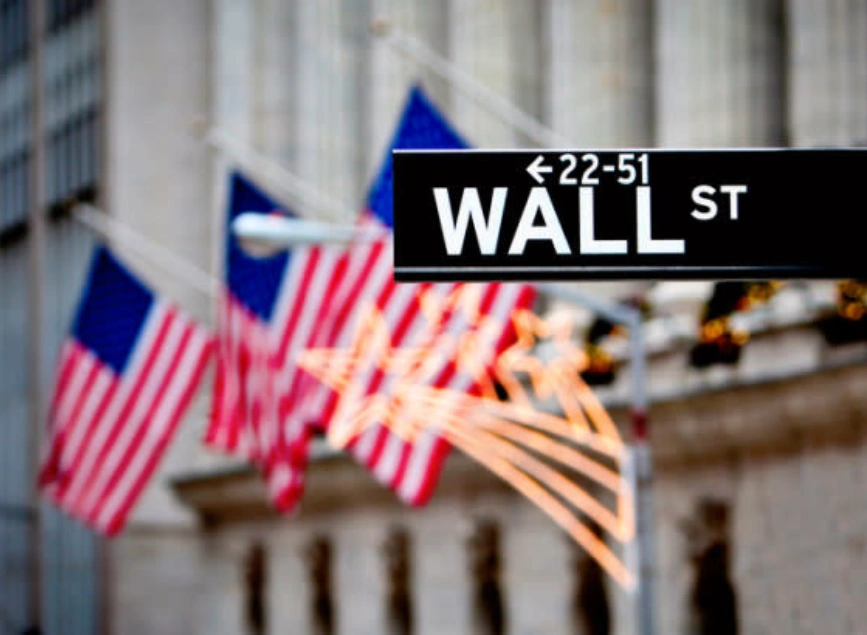
Trump Announces New Reciprocal Tariffs
Former U.S. President Donald Trump has announced a new wave of reciprocal tariffs, a move that could escalate global trade tensions and impact economies worldwide. The announcement came via a post on Truth Social, where Trump emphasized his commitment to protecting American industries.
“Three incredible weeks, maybe the best weeks, but today is a BIG day: Reciprocal Tariffs!!! Let’s Make America Great Again!!!”
With the potential for higher import costs, inflationary pressure, and global retaliation, the big question remains: Is a full-scale trade war looming?
What Are Reciprocal Tariffs?
Reciprocal tariffs are designed to match the import duties imposed by foreign countries on U.S. goods. If a country charges tariffs on American exports, the U.S. will respond with an identical tariff on imports from that country.
Why Is Trump Pushing This Policy?
According to White House officials, the goal is to counteract what Trump calls unfair trade practices and encourage foreign governments to lower their tariffs on American goods.
White House Press Secretary Karoline Leavitt stated in a recent briefing:
“The President believes this policy will have a major impact on American workers and strengthen national security.”
Who Will Be Hit the Hardest?
Developing nations with higher import duties on U.S. goods are the most vulnerable. Countries like India, Brazil, Vietnam, and other parts of Southeast Asia and Africa could see the biggest impact.
Case Study: India-U.S. Trade Tensions
- India’s average tariff on U.S. imports (2022): 9.5 percent
- U.S. tariff on Indian imports: 3 percent
- India’s exports to the U.S. (2023): 87 billion dollars
- U.S. exports to India: 42 billion dollars
If no trade deal is reached, India could be one of the first countries targeted by the new tariffs.
A Look at Trump’s Recent Tariff Moves
This latest policy follows a series of tariff hikes implemented under Trump:
- 10 percent general tariff on all imports, effective last week
- 25 percent tariff on steel and aluminum, announced Monday
- 25 percent tariff on imports from Mexico and Canada, originally planned for this week but postponed until March 1
The Cost for American Households
According to estimates from the Peterson Institute for International Economics, if these tariffs take full effect:
- The average U.S. household could see an additional 1,200 dollars per year in costs due to higher import prices.
- The introduction of reciprocal tariffs could drive that cost even higher.
Which Products Are Expected to Become More Expensive?
American consumers could soon face higher prices on a range of goods, including:
- Electronics components (capacitors, resistors used in microwaves and washing machines)
- High-standard medical gloves
- European cars
- Current U.S. tariff on European cars: 2.5 percent
- EU tariff on American cars: 10 percent
- With Trump’s new policy, U.S. tariffs on European vehicles could rise to 10 percent or more.
Market Reactions: Global Sell-Off Amid Trade War Fears
Financial markets have reacted sharply to Trump’s announcement, with major stock indexes declining as investors brace for higher costs and potential retaliatory tariffs from affected countries.
Global supply chains are also at risk, with multinational companies facing increased expenses and potential disruptions in trade agreements.
Economic Analysis: Are These Tariffs Good or Bad for the U.S. Economy?
Potential Benefits
- Stronger domestic industries: Higher tariffs could make U.S. manufacturing more competitive.
- Increased government revenue: Trump plans to use tariff revenue to finance tax cuts.
Potential Drawbacks
- Higher consumer prices: Importers will pass higher costs to businesses and consumers.
- Risk of a trade war: Countries like India, China, and the EU could retaliate with counter-tariffs.
- Rising inflation: More expensive imports could drive inflation higher, complicating the Federal Reserve’s monetary policy.
Final Thoughts: Is a Trade War Inevitable?
Trump’s reciprocal tariffs have escalated global trade tensions, increasing the risk of a full-scale trade war.
If Trump and Indian Prime Minister Narendra Modi fail to reach a compromise in their upcoming meeting, India could be one of the first targets of new U.S. tariffs.
Investors, businesses, and policymakers are now watching closely to see how affected nations respond—and whether this new policy will strengthen the U.S. economy or lead to a prolonged trade conflict.
Share
Hot topics

What Is a Forex Broker and What Do They Do?
If you’ve ever browsed through financial websites or listened to others discuss currency trading, you’ve probably encountered the term forex broker, which may sound a bit technical, but the truth...
Read more




Submit comment
Your email address will not be published. Required fields are marked *